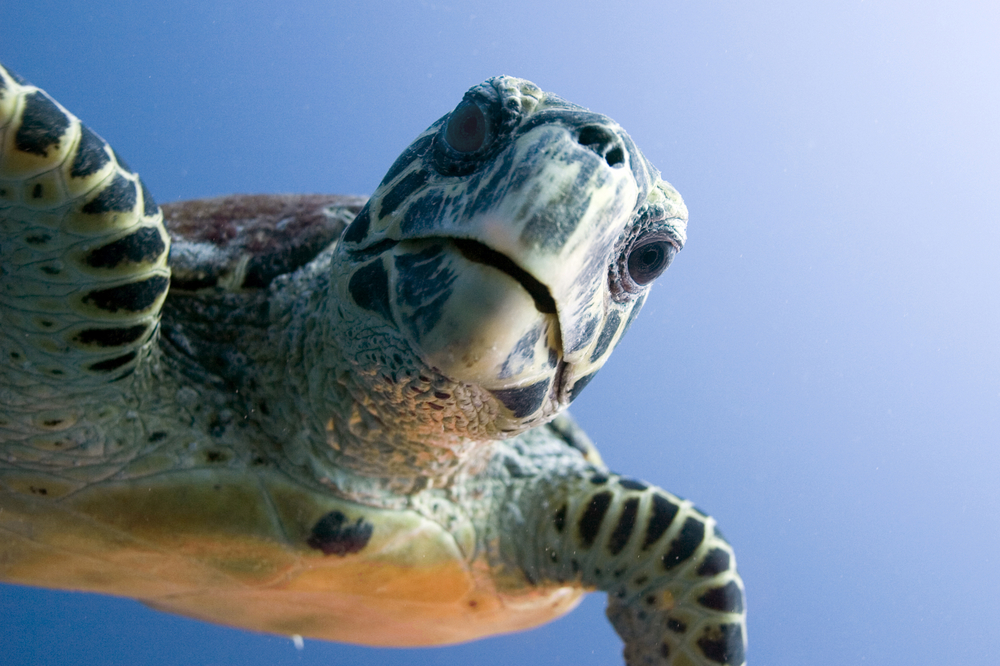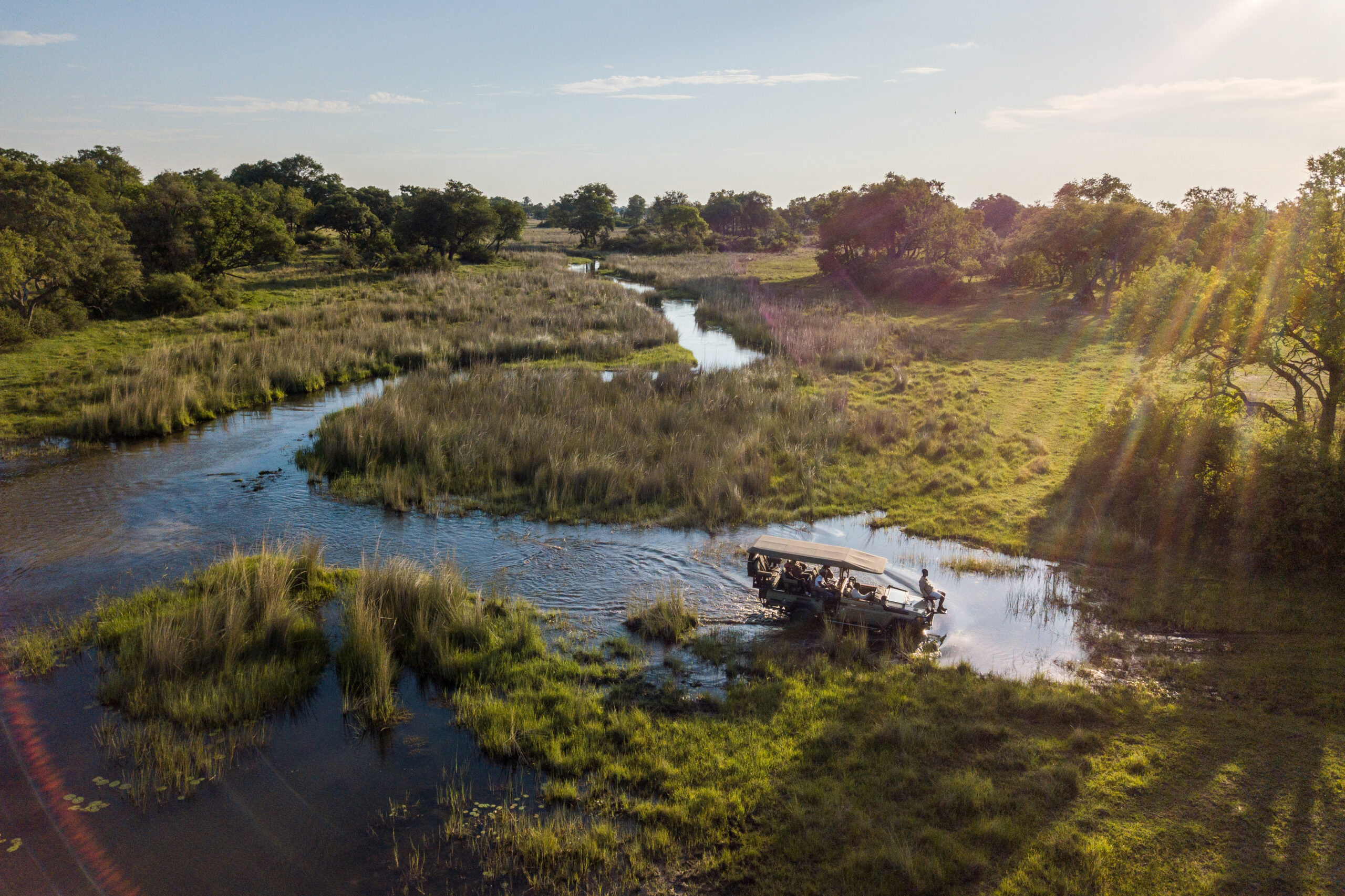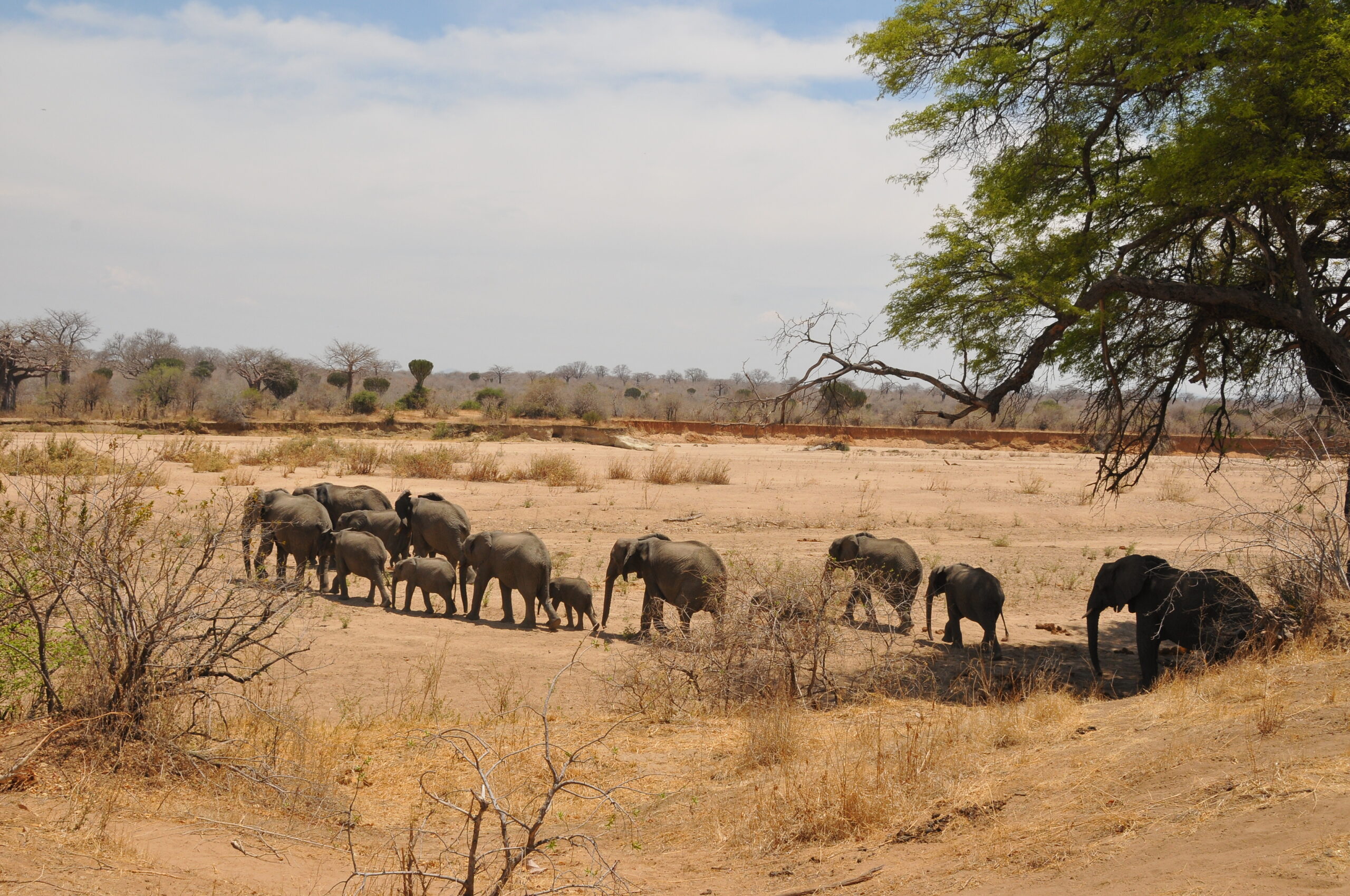If you have a foster child in your care, you want to be sure you’re teaching them all the important life skills. You may have focused on the basics, but now you want to broaden their horizons and open their eyes to the world around them. A great way to do this is by teaching children about animal conservation. It’s an issue that has only become more important in the past couple of decades, and because children tend to have a natural interest in all things animal-related, it’s the perfect age to start teaching them.
These are some of the basic steps you can take to teach children about what animal conservation is, why it’s important and what they can do.
Read Books About Animals and Animal Conservation
Education should be the main focus when it comes to teaching children about animal conservation, and that can be achieved through books. Picking up a few books that are age-appropriate which you can either read to them, with them, or let them read on their own is perfect. Choose books that focus on a full species or multi-species rather than just one.
You’ll want to engage with them about the reading material, asking questions, answering their questions and encouraging conversation about the content. Your local library may even have a section on animals and conservation, which makes finding books much easier.
Watch Documentaries Together – Make It a Family Movie Night
Family movie night is always a great time, so why not focus on animal-based documentaries? Just be sure the subject content is appropriate for their age.
Some examples of family-friendly animal documentaries include:
- March of the Penguins
- Chasing Coral
- Oceans
- Life
- Night on Earth
- African Cats
- Ants: Nature’s Secret Power
Many of the popular streaming services offer a collection of animal-based documentaries so you can start working your way through them.
Visit Local Aquariums, Zoos and Petting Farms
Of course, there is no better lesson than one that is hands-on, and that’s exactly what your children will experience when they visit the local aquarium, zoo and/or petting farm. This is an opportunity to view a wide array of wildlife, learn about different species, watch them in action and build an even bigger interest in animal conservation. Sometimes these attractions even have information and teaching sessions where kids can speak to trainers and zookeepers. To help cover the costs of these outings, you can use the allowance provided by your fostering agency; find out more at fosteringpeople.co.uk.
Help the Wildlife in Their Neighbourhood
Your foster children can also take a more localised approach and help the wildlife in their neighbourhood. This means cutting down on the waste they create to reduce their carbon footprint (recycling and composting are good first steps), planting a pollinator garden to attract pollinators and creating a wild bird feeding station in the garden.
Taking the time to teach children about animal conservation will help to create a lifelong interest and sense of responsibility towards the animals in nature. There’s also a lot of fun to be had in the process.


